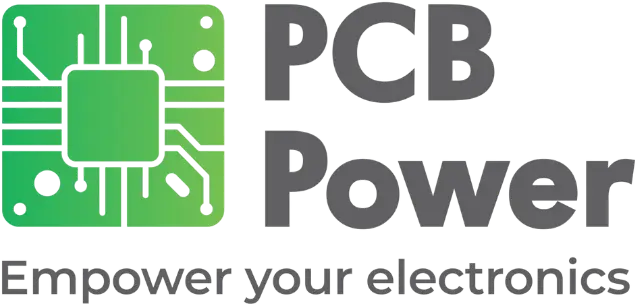
Internet of Things (IoT) has emerged as a transformative force, permeating various industries with its interconnected devices. At the heart of this revolution lies the intricate architecture of components within each IoT device and the key player is the Printed Circuit Board assembly.
In this blog, we delve into the pivotal role of PCB assembly in the IoT ecosystem, examining its importance, key components, challenges, innovations, and future trends.
Importance of PCB Assembly in IoT
The miniaturization and space efficiency demanded by IoT devices are made possible by the precision of PCB assembly. As these devices become increasingly compact, the printed circuit board assembly ensures a seamless integration of components, optimizing the limited space and providing the structural backbone for IoT innovations.
Connectivity and communication, the essential pillars of the Internet of Things (IoT), are orchestrated by the intricate network of traces and conductive paths meticulously designed on PCBs. The efficiency of PCB assembly is paramount to the success of wireless technologies, facilitating seamless device communication and ensuring a cohesive and reliable IoT experience. This precision in assembly contributes significantly to the optimal performance of IoT solutions in the business landscape.
Customization and flexibility are also crucial aspects of IoT, with PCB assembly acting as the canvas for tailoring devices to specific applications. Flexible PCBs, in particular, play a pivotal role in accommodating the diverse form factors demanded by the IoT landscape.
Key Components of IoT Devices and their Integration in PCB Assembly
Sensors and actuators, find their integration optimized through PCB assembly. These components, ranging from temperature sensors to motion detectors, rely on the precision of circuit board assembly for data collection and response mechanisms.
Microcontrollers and processors, the brains of IoT devices, are seamlessly embedded into PCBs, resonating the functionality of the entire system. The meticulous integration of these components ensures the efficient management of device operations, enhancing the overall performance of IoT devices.
Power management, a critical aspect of IoT sustainability, is meticulously addressed by PCB assembly. Energy-efficient designs are achieved through strategic placement of components on the circuit board, optimizing power distribution and consumption for prolonged device lifespans.
Challenges in PCB Assembly for IoT
The size constraints inherent in IoT devices pose a significant challenge to PCB assembly. As components continue to shrink, advanced assembly techniques become imperative. Innovations such as multi-layered PCBs and precision soldering technologies are crucial in overcoming these challenges.
Security concerns, especially in an era of rampant cyber threats, underscore the need for robust PCB assembly processes. Ensuring secure connections between components is paramount, and circuit board assembly plays a pivotal role in fortifying devices against vulnerabilities.
Environmental considerations also come to the forefront, demanding sustainable materials and responsible disposal practices in PCB assembly. As the IoT market expands, the industry is pushed to adopt eco-friendly manufacturing processes and recyclable materials.
Innovations in PCB Assembly for IoT
Advancements in materials are transforming the landscape of PCB assembly. New materials, with enhanced performance and durability, contribute to the longevity of IoT devices. These innovations are reshaping the traditional paradigms of printed circuit board assembly. Smart manufacturing processes, integrating automation and artificial intelligence, are revolutionizing PCB assembly. The synergy between advanced technologies enhances efficiency and reduces production costs, ensuring that IoT devices are not only smart but also economically viable.
In the ever-expanding realm of IoT, the role of PCB assembly cannot be overstated. It serves as the linchpin, seamlessly integrating components, enabling connectivity, and paving the way for the next wave of innovations. As challenges are met with innovations, and future trends beckon a new era, one thing remains certain – the symbiotic relationship between PCB assembly and IoT will continue to shape the technological landscape.



